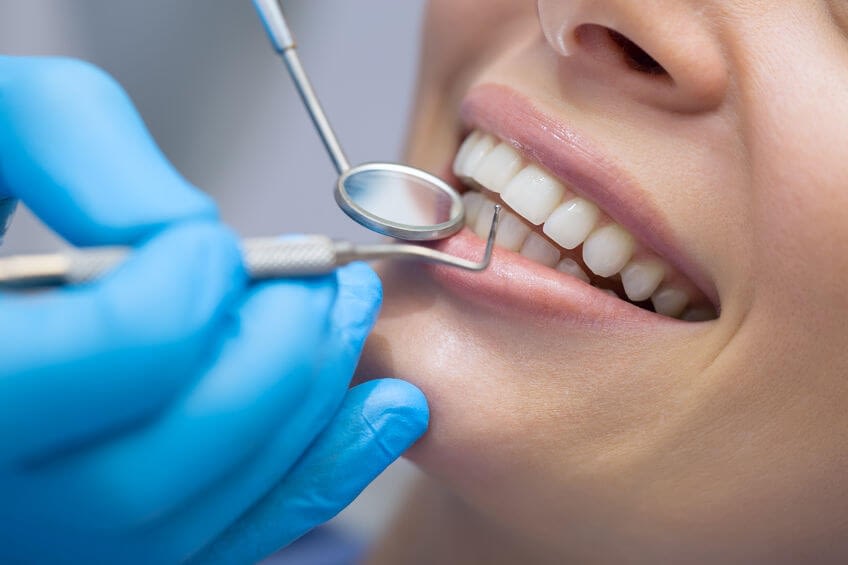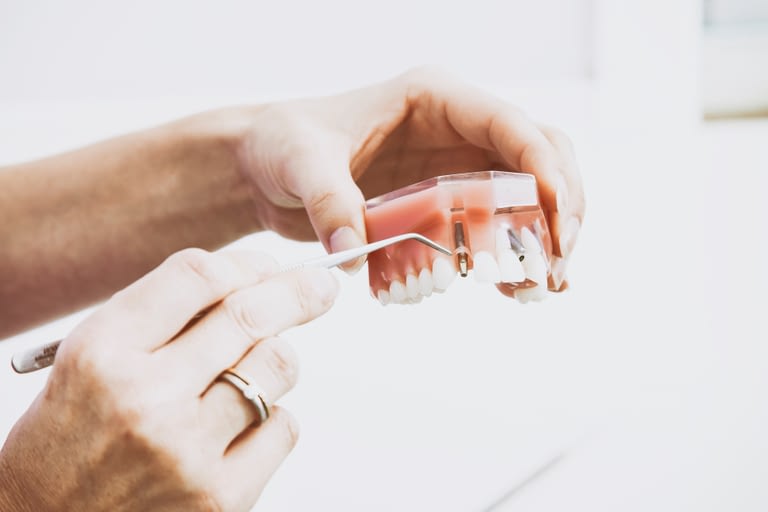How Permanent Are Dental Treatments?

Dental treatments have certain things in common. All of them are synthetic replicas of biological structures. To a certain extent, biological structures can adapt to their environment and defend themselves. A dentist’s synthetic substitutes could never have this level of environmental reactivity. All dental treatments have the potential to endure a long time. However, their longevity is dependent on a number of factors. In this article, we will give you information about which dental treatments last longer.
Crowns
The first of the dental treatments we mention is crowns. Crowns are caps that are put over broken teeth. Ceramic, resin, porcelain with metal, gold, and other metals are some of the materials that may be used to create them. A crown varies from a filling in that it covers the entire tooth, not just part of it, all the way down to the gum line.
Crowns are intended to be a long-term solution that will not require replacement. Those dental treatments last long for at least 5 to 15 years after installation. The majority of serious dental disorders involving your teeth will need the use of a permanent crown. To make place for the crown, the dentist will most likely have to file down your tooth and shape it appropriately. Furthermore, strong bonding cement will be used to guarantee that the crowns remain intact. However, the dentist will match the crown’s color to the rest of the teeth for a more realistic appearance.
Veneers
One of those dental treatments is veneers. Veneers are a popular technique to repair gaps between teeth, as well as discolored and broken teeth. Dental veneers are a type of aesthetic and restorative dentistry that involves the attachment of thin porcelain or composite resin shells to the front teeth.
Dental veneers can last up to 15 years without breaking or discoloring. The lifetime of those dental treatments is dependent on the type of veneer, how it’s maintained, and the patient’s oral hygiene. Furthermore, it is necessary to remove a tiny piece of enamel from each veneered tooth. This operation is needed to enable the insertion of the veneer shell. This means the veneering procedure is generally irreversible.
As a result, if a patient chooses to remove a veneer, a new one will have to be installed. For the long-term maintenance and durability of veneers, good dental hygiene is required. Patients will be expected to look after their veneers, in the same manner, they would their natural teeth. Biting harsh objects, like fingernails or ice, should be avoided to prevent the veneers from breaking.
Dental Bridges
A dental bridge is one of the dental treatments that replace one or more missing teeth in your mouth. Dental bridges are designed to appear, feel, and operate much like real teeth. They are also built to order for each patient. A patient may require numerous dental bridges in more severe instances. “Full mouth rehabilitation” is the term for this. If you’re missing a lot of teeth, your dentist may suggest dentures instead.
Porcelain is used to make the majority of dental bridges. For support, they are connected to a metal framework. Other dental bridges are composed of “all-ceramic,” which is a composite of porcelain and other similar-looking materials. Your dentist will remove a specific amount of tooth structure from the abutment teeth before placing the dental bridge. The teeth on each side of the dental bridge are referred to as abutment teeth. Both the front and rear teeth require the same amount of tooth structure removal for dental bridges.
Dental bridges can endure anywhere from five to fifteen years, and sometimes even longer. It is not uncommon for a fixed bridge to last more than ten years with proper dental care and frequent examinations. A good dental bridge may last for decades if properly cared for. Minimize chewing gum and eating hard items like nuts, ice, and hard sweets to avoid unnecessary injury. Regular dental appointments and good oral hygiene may help to keep your investment comfortable, clean, and long-lasting. A dental bridge, while long-lasting, is not considered one of the permanent dental treatments for lost teeth.
Implants
Dental implants are a natural-looking permanent alternative for replacing lost teeth. They demand the same level of maintenance as regular ones and also aid in the preservation of your jaw’s structure. An insert is made up of three parts. The implant is first and foremost a titanium post that is attached to your jawbone. It serves as the crown’s anchor. The abutment, which is attached to the implant, maintains the tooth in place and prevents it from moving. The third component is the crown, which is the actual tooth. The ceramic tooth has a natural appearance and attaches to the abutment, which is a crucial element of dental treatments’ placement.
The implant screw can last a lifetime with proper care. The crown, on the other hand, generally only lasts 10 to 15 years before needing to be replaced. Maintaining good oral hygiene and utilizing the crown carefully may extend the crown’s life beyond 15 years. The placement of dental implants in the mouth is also a factor in determining how long it will last. Implants at the back of the mouth are utilized more actively in chewing, they are likely to wear out faster than implants in the front.
All in all, all of the dental treatments’ permanence is very long, though it varies. You may extend the life of your dental treatments if you stick to healthy habits and have regular dental check-ups.
Hope this article will help you find out the how permanent are dental treatments. You can read our previous post on https://dentalguideturkey.com/dental-care-of-children/







